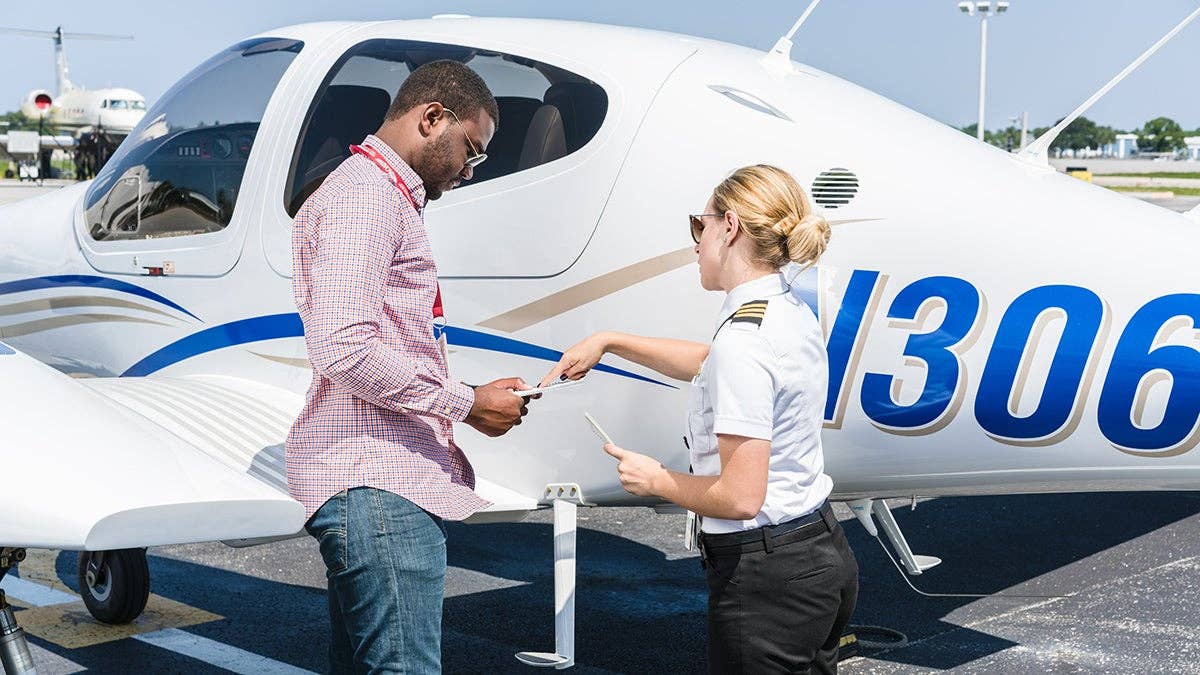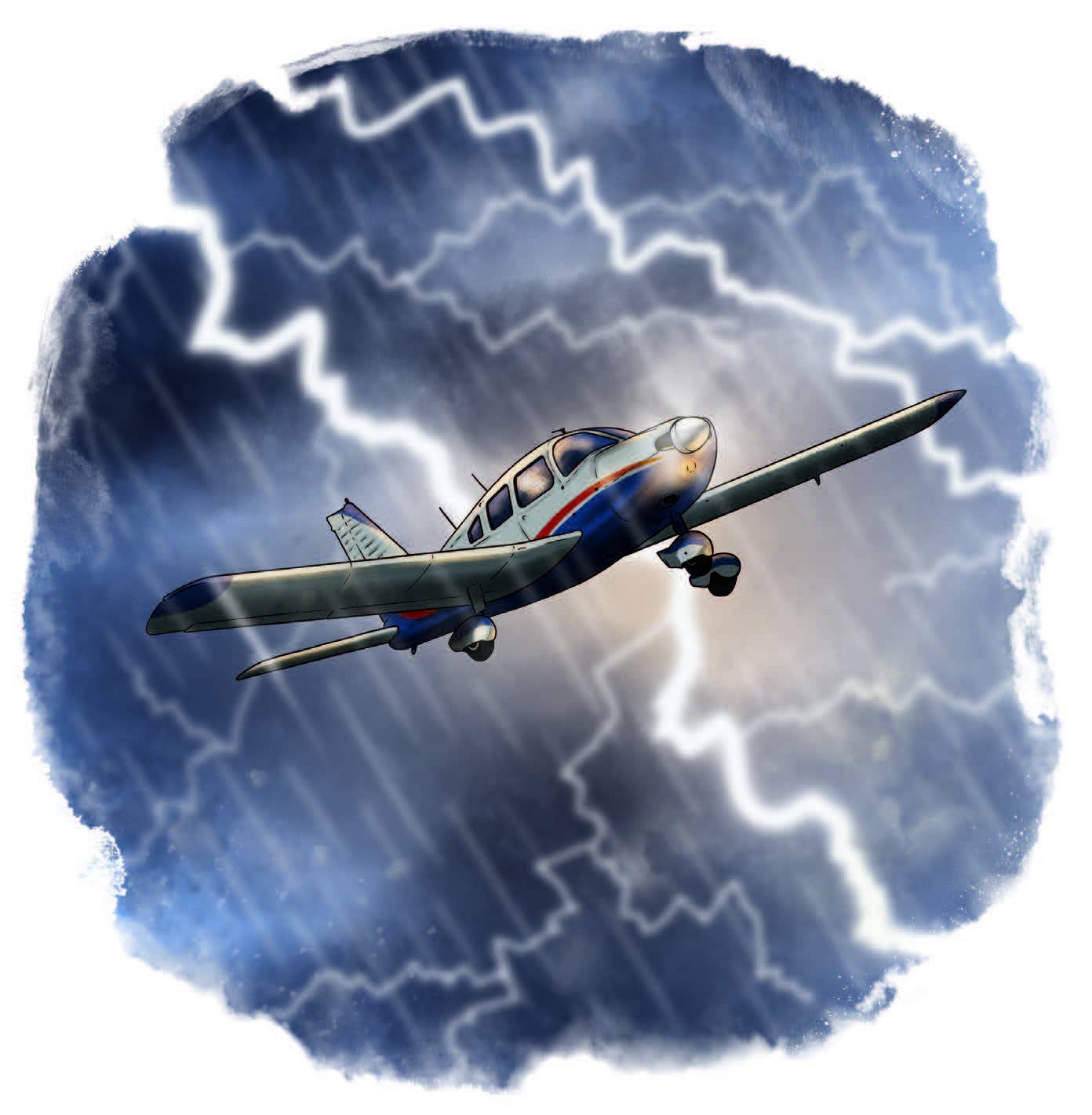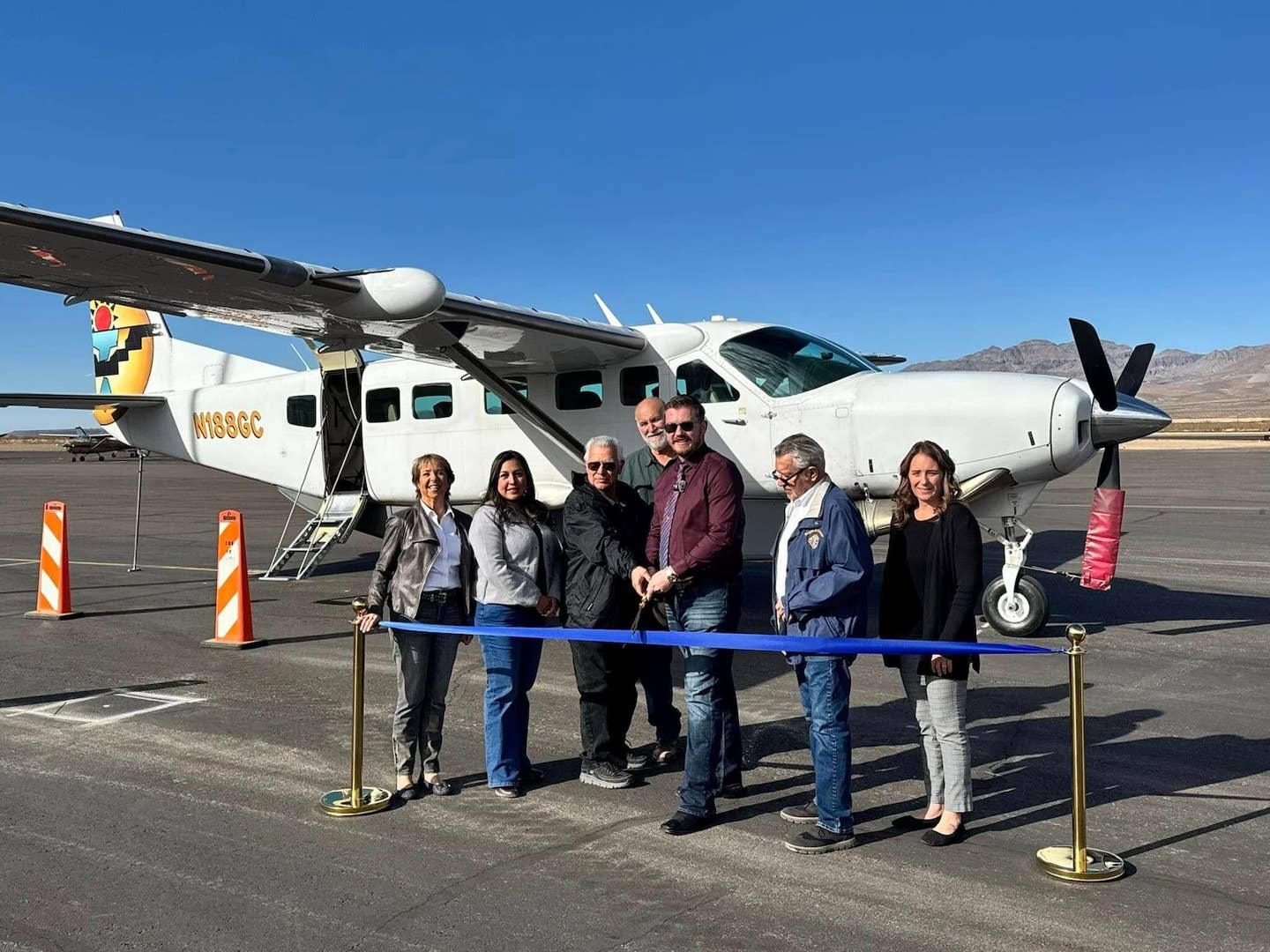
Last October the French magazine Jeune Afrique reported that the cause of the mysterious crash of a twin-turboprop L-410 Turbolet at Bandundu, Democratic Republic of Congo, on Aug. 25 had been revealed. According to the sole human survivor of the accident, a crocodile concealed in a "sports bag" stored at the back of the cabin escaped as the airplane was approaching Bandundu for landing. Terrified passengers, fleeing the reptile, crowded to the front of the airplane, throwing it off balance and causing the crew to lose control.
Tim Atkinson, an accident investigator in the United Kingdom, was quoted as remarking, "I would say it's extremely unlikely this story holds water, but I wouldn't rule it out completely."
News reports immediately following the crash, in which 20 died, had suggested that fuel starvation was the cause, because there was no fire; but an airline spokesman asserted that sufficient fuel had been found in the tanks. A third scenario was put forward, in a letter to Jeune Afrique, by the widow of the pilot, who had also been the owner of the airline; she asserted that the airplane had been sabotaged by resentful competitors.
The magazine article referred to a video showing the croc emerging tranquillement — calmly — from the wreckage. Crocodiles seem generally unexcitable — a New Yorker article about an alligator wrestler once characterized their stream of consciousness as resembling a dial tone, though in truth they are brainier than most other reptiles — and one suspects a bit of literary embellishment here, especially in view of the fact that the video in question has not turned up, unlike nearly every other video in the world, on YouTube. In any case, Jeune Afrique added the "tragicomic detail" that the unfortunate croc, having survived the crash, was hacked to death by machete-wielding rescuers.
Atkinson's comment that it was unlikely that this story held water naturally led me to wonder on what he based his doubts. I downloaded a side view of the airplane from the Internet, together with its specifications, in order to assess what effect a stampede to the front of the cabin might have had on it.
The Czech-built transport has a high wing and a relatively short fuselage. It seats 19, plus two crew members, in a high-density configuration. The bulkhead separating the cockpit from the cabin appears to be about 7.3 feet ahead of the quarter-chord point on the wing, which would be the approximate middle of the CG range. The entire cabin seems to be about 23 feet long; it has six windows, plus an aft door, on the left side and nine on the right, and a single seat on each side of the aisle. Its inside width is about 5.5 feet.
Assuming that people are stacked three abreast and that it would be difficult for each layer of even the most ardent saurophobes to occupy much less than a foot chest-to-back, 19 occupants would take up nearly the entire cabin volume ahead of the wing. Not knowing what the passengers weighed, I looked at YouTube video of rescuers removing bodies from the wreckage; neither rescuers nor victims appeared to me quite as portly as most Americans. Let us say that the average passenger weighed 160 pounds, sans hand baggage, which would probably have been left behind in the rout. So about 3,000 pounds would be crammed into the forward cabin.
While the passengers were still seated, however, about a third of them would already have been occupying that space. So when everybody ran to the front of the cabin, about 2,000 pounds moved forward about 10 feet.
The empty weight of the airplane is 8,800 pounds. Assuming that it had 150 pounds of fuel aboard and 1,000 pounds of baggage and cargo, the mass of what didn't move in the stampede is about 10,000 pounds, and the total weight is 12,000.
Center of gravity calculations baffle some pilot-certificate applicants, but only because they involve a somewhat murky detour through moments and moment arms from which the answer emerges magically, like Capt. Kirk from a teleporter. But the underlying principle can be stated quite simply: The movement of the CG is proportionate to the ratio of the weight of the thing moving to that of the total. In other words, since 2,000 is one-sixth of 12,000, the CG of the complete airplane moves by one-sixth of the distance that the fleeing passengers move. One-sixth of 10 feet is 20 inches.
Now, we don't know where the CG was in the first place, but it's a fair bet that with a full passenger load it was between 25 and 30 percent of chord. "Chord" here means the mean aerodynamic chord, or mac, a weighted average of chords all along the span, taking into account the fact that, because of wing twist and spillage at the tips, the outer portions of the wing are less influential than the inner ones. Scaling, rather crudely, from my downloaded drawing, I'm going to guess that the mac is about 80 inches.
Well, right away I can see that, apart from the strangeness of a crocodile being smuggled onto an airplane in a "sports bag," there is so far nothing "extremely unlikely" about the terrified-passenger scenario. Even if the passengers weighed less than I have supposed, and crowded less densely into the front of the cabin, the weight shift could easily have put the CG far outside the forward limit.
But what does that mean, in physical terms?
In cruising flight, not too much. Suppose that the CG of the 12,000-pound airplane is 20 inches ahead of the center of lift of the wing. The airplane experiences a nose-down moment of around 240,000 inch-pounds, which has to be balanced by a downward force on the horizontal tail. The tail moment arm seems to be about 250 inches, and so the required tail force is less than 1,000 pounds.
The area of the horizontal tail is about 100 square feet. To produce a 1,000-pound force, it needs to produce 10 pounds per square foot — about the wing loading of a Cessna 152. No problem there — as long as the airplane is moving fast enough. For various reasons, a horizontal tail surface can't produce as much force as a wing can, but I would wager that the airplane could have flared and landed — flaps up.
Flaps — there's the rub. The YouTube video clearly shows the flaps were down, apparently fully or nearly so.
Flaps affect the balance of forces in complex ways. On one hand, putting the flaps down increases the camber of the wing and augments what is called its negative pitching moment — a force tending to push the nose of the airplane down. The added camber also increases the lift, and so the attitude of the airplane has to be adjusted — nose lower — to keep the airplane from climbing. But the flap also changes the angle of flow at the horizontal tail, and so, depending on location of the horizontal tail relative to the wing, an airplane's immediate, transitory reaction to flap deployment can be nose-up or nose-down. Generally, the higher the tail the more probable it is that the immediate effect of flap deployment will be a nose-down change in the airplane's attitude.
Unlike the unbalanced moment created by the passengers rushing forward, the moment due to flap deflection increases with speed — in fact, like lift it increases in proportion to the square of speed. The magnitude of the change in pitching moment from flaps is fairly easily calculated. In this case, it seems to be between a quarter and a third of the downforce available from the tail, regardless of speed.
So we have an airplane with a wing loading of 32 pounds per square foot that would normally probably stall, flaps down, at about 70 to 75 knots. Its approach speed — for reasons not explained in news reports, it was approaching an "emergency strip" alongside Bandundu's main runway, and so was probably on the slow side — might have been around 85 to 90 knots. The maximum downforce available from the tail at this speed would be on the order of 13 pounds per square foot. Of this, 10 pounds would be needed to balance the passengers crowded at the front. The remaining three pounds would be needed to overcome the flap pitching moment. Nothing would be left. The nose would come down, and the airplane would begin to pick up speed. But the airplane was low and slow when the stampede occurred; there was not sufficient altitude or time to regain control.
Was this the reason for the crash? Was there really a crocodile? A sports bag? A machete? I have no idea. But at least now I know that the scenario, however bizarre, is at least possible.
This article is based on news reports of the accident and is intended to bring the issues raised to our readers' attention. It is not intended to judge or to reach any definitive conclusions about the ability or capacity of any person, living or dead, or any aircraft or accessory.

Sign-up for newsletters & special offers!
Get the latest FLYING stories & special offers delivered directly to your inbox






